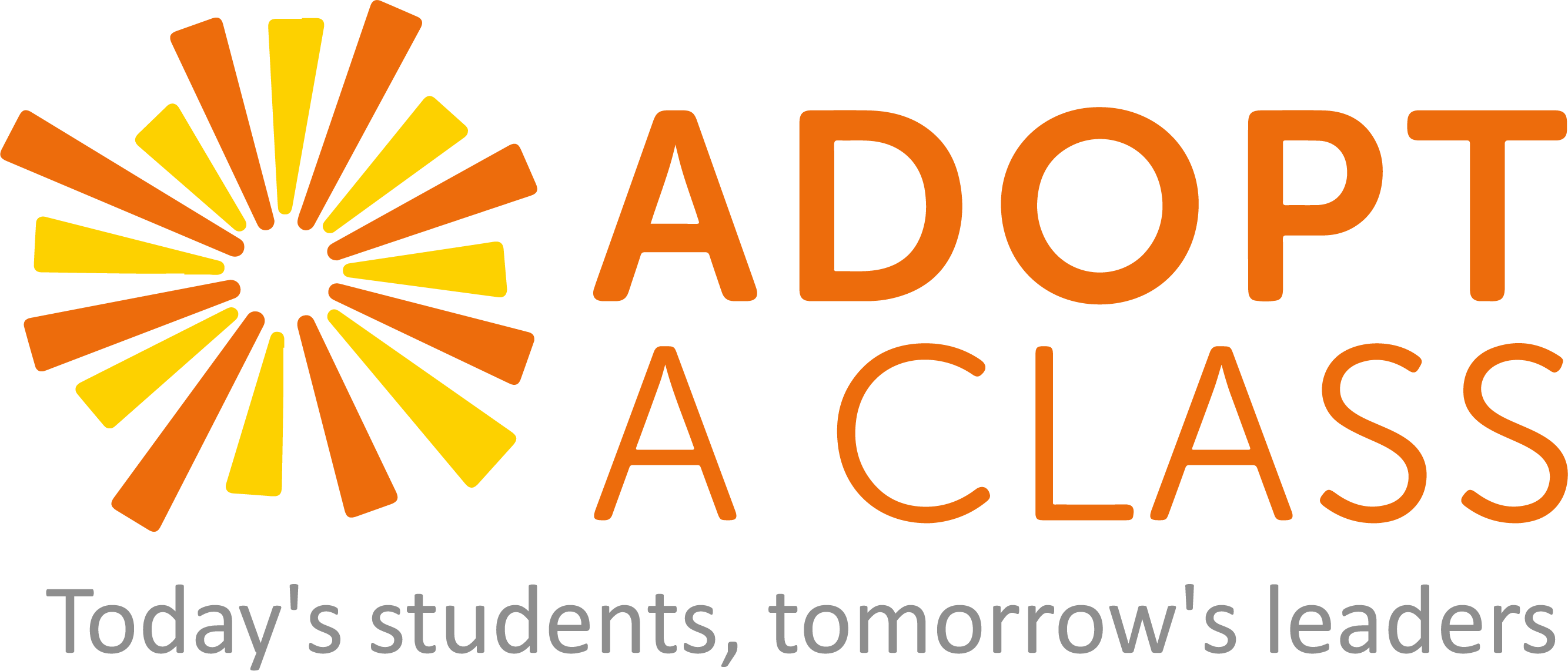Touchdown Lunar Landers by iSpace
Touchdown Lunar Landers by iSpace
Objective: Have students become aware of and practice the engineering design process:
The engineering design process is a series of steps that engineers follow to come up with a solution to a problem. Many times the solution involves designing a product (like a machine or computer code) that meets certain criteria and/or accomplishes a certain task. It involves defining a problem, design a solution, construct
a prototype, test, determine improvements needed, redesign, re-test, and draw conclusions. The students will be challenged to design and build a shock-absorbing system that will protect two astronauts when they land on the Moon. In this challenge, the students will follow the engineering design process to: (1) design and build a shock-absorbing system out of simple materials; (2) attach their shock absorber to a
cardboard platform; (3) test their design by dropping from a predetermined height; and (4) improve their design based on testing results.
Pre Lesson Prep Work:
- Read over the “Touchdown” NASA Design Squad Challenge Leader Notes (this includes the suggested
time length of each step but the entire lesson can be done in one hour.) - Decide if students will work in groups of two for a team working experience or if working individually.
You have enough supplies in your kit for each student to work individually. - Gather supplies and lay out for students to easily pick up materials including a copy of the Student
Challenge. You can modify the list of materials and instead use those similar to those listed below. - Be sure the students know the time constraint so this activity can be done in the time allotted.
- Determine the height at which all models will be dropped for testing. You can use a ruler, yard stick or
even a stage, balcony, stair well or ladder that is in easy access to drop the landers for testing. If using
a ladder, be sure the students are aware of any safety rules you determine, such as, only you or
another adult will climb the ladder. - Express the need to clean up area of all used materials at end of lesson.
Engage:
- Read the Touchdown Challenge description to the students. Explain that the students now work for
NASA and their job is to design a new Lunar Lander. - Today’s Challenge: Construct a landing systems which will “survive” a drop without losing your
marshmallow astronaut crew. - Follow the NASA/Design Squad Challenge Lesson Plan with the time and material constraints given.
Explore:
Be sure there is time at the end of the lesson to discuss the designs that successfully landed without tipping
the astronauts.
Extend:
- Would a parachute be of any assistance for a Moon landing? (No. The Moon has no atmosphere to
create drag on the parachute to help it slow down). What if we changed our challenge to instead of
landing on the Moon but the planet Mars? How would this location change your design? Would a
parachute help slow down your lander if landing on Mars? (Yes. Mars has an atmosphere and
parachutes have been used to safely transport rovers to the surface of Mars).- Design and construct a parachute for your Mars Lander by adding copy paper to your materials.
- You can add an extra challenge, especially for the upper grades, to come within a certain budget on the
materials cost. Is there a lander design that not only successfully kept the astronauts from falling out
but also came in under budget?- Use the Budget Data Sheet to determine the cost of each Lander design.
- Whose design was the cheapest for NASA to construct and still be a safe Lander for the two
astronauts?
Possible other supply list of materials to use for “Touchdown Lunar Landers”.
- Reuired
- Cup – 1
- Marshmallow Astronauts – 2
- Optional Items and Limits
- Card Stock – 2 Sheets
- Colored Paper – 2 Sheets
- Rubber Bands (any size) – 10
- Fuzzy Sticks
- Index Cards (any size) – 6
- Popsicle Sticks – 6
- Straws – 6
- String or Yarn – 3 feet
Download this activity here.
Created by iSpace
Grade Range: 4th – 8th Grade
Time: 45-50 Minutes
Synopsis: To discover solutions to a problem, engineers use a specific design process. In this activity, students will learn and use this process by designing and building a shock absorbing system out of simple materials to safely get two astronauts to the moon!



